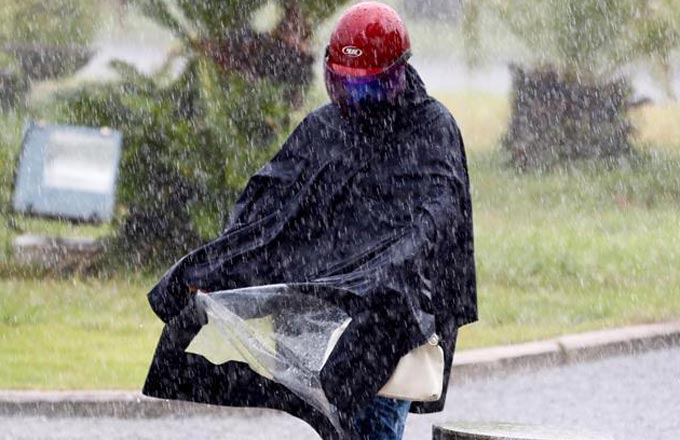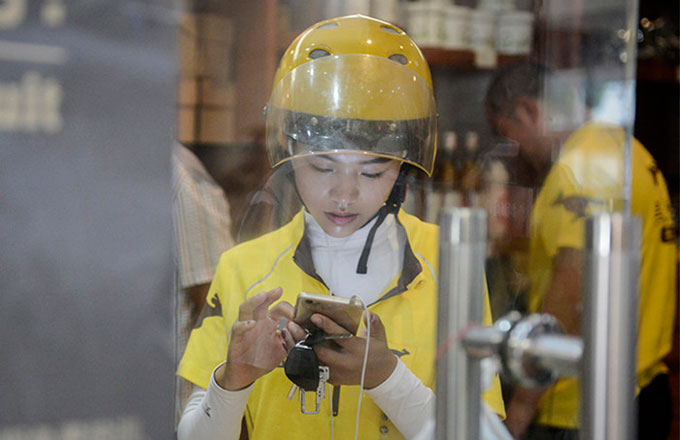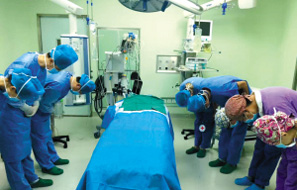Chinese students told to work hard or face degree downgrade
 |
|
Huazhong University of Science and Technology. [Photo/Xinhua] |
A new undergraduate management regulation at one of China's top universities has sparked a nationwide debate on the future of the country's higher education system.
Huazhong University of Science and Technology in central Hubei Province says undergraduate students who perform poorly will not be able to continue their bachelor courses, but will instead only be able to achieve an associate degree.
Many Internet users think it is unacceptable not to be given a bachelor's degree after fierce competition in the earlier college entrance examination.
However, the university responded that the new measures respect students with different levels of potential.
"The system offers a certain degree of flexibility in the current education model. Students who don't get enough credits will be given another opportunity to continue their studies, rather than simply drop out of school," the university said in an online statement.
And Huazhong's justification has gained a lot of support on social media platform, Weibo.
User @Haishijiaowohuizhangdarenba said, "For those who face dropout, it is a good choice."
"The new measures will not affect those who study hard at all. For the slackers, it is better for them to learn the lesson at school than after graduation. It should be encouraged in other universities as well," posted @Chitushaonvyaolianle.
While @Liangleibadao said, "The regulation was adopted at Tsinghua University more than a decade ago. It is nothing new. The requirement is not that harsh at the end of day."
This is a wake-up call for many Chinese undergraduates, as universities usually have a higher threshold to get in, with only 40 percent of enrollment rate nationwide, but almost the lowest dropout rate in the world.
Reports say that 160,000 students dropped out of universities and colleges in China in 2011.
That was only 0.75 percent of the country's millions of students, compared with 15.6 percent in public universities in Australia and an average of 20 to 25 percent in the US.





















